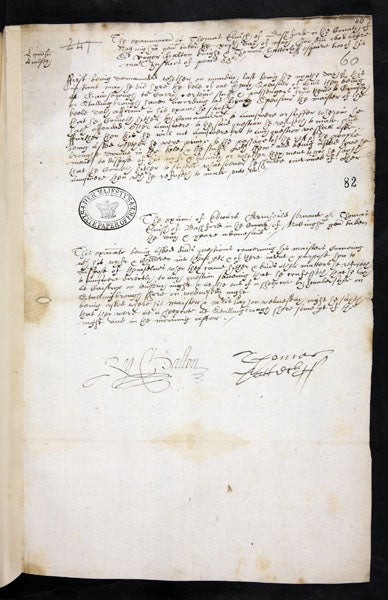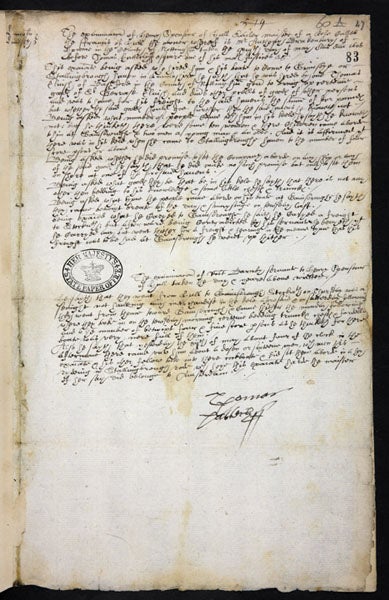
Making Haste From Babylon
At the end of 1618, a blazing green star soared across the night sky over the northern hemisphere. From the Philippines to the Arctic, the comet became a sensation and a symbol, a warning of doom or a promise of salvation. Two years later, as the Pilgrims prepared to sail across the Atlantic on board the Mayflower, the atmosphere remained charged with fear and expectation. Men and women readied themselves for war, pestilence, or divine retribution. Against this background, and amid deep economic depression, the Pilgrims conceived their enterprise of exile.
Within a decade, despite crisis and catastrophe, they built a thriving settlement at New Plymouth, based on beaver fur, corn, and cattle. In doing so, they laid the foundations for Massachusetts, New England, and a new nation. Using a wealth of new evidence from landscape, archaeology, and hundreds of overlooked or neglected documents, Nick Bunker gives a vivid and strikingly original account of the Mayflower project and the first decade of the Plymouth Colony. From mercantile London and the rural England of Queen Elizabeth I and King James I to the mountains and rivers of Maine, he weaves a rich narrative that combines religion, politics, money, science, and the sea.
The Pilgrims were entrepreneurs as well as evangelicals, political radicals as well as Christian idealists. Making Haste from Babylon tells their story in unrivaled depth, from their roots in religious conflict and village strife at home to their final creation of a permanent foothold in America.
Among the many new sources that Nick Bunker has discovered, the most remarkable is an overlooked file of legal depositions taken at the North Sea port of Grimsby. They date from the spring of 1608. Pictured below, the papers describe the events of May 12 in that year, when a group of radical Puritans, or Separatists, escaped from the coast of England, and sailed to the Netherlands in search of religious and political asylum. A decade later, the same company of exiles launched the Mayflower project.
THE GRIMSBY DEPOSITIONS
 |
 |
When they write about the birth of Puritan New England, most historians rely upon a handful of familiar printed sources. One of the most important is the account of the Plymouth Colony by the Mayflower passenger William Bradford.
Unfortunately, his text contains many gaps and ambiguities. While circumstances and motives are frequently left unexplained, names, dates and numbers are often missing entirely. A case in point is Bradford’s intense, emotional description of the flight of the Separatists from a muddy beach in Lincolnshire. Vivid but brief, it lacks a chronology and a location. Until now the story has also lacked authentication from official records.
In fact, the extra information required has been sitting quietly for centuries among the state papers of King James I. Immediately after the incident, the local magistrates at Grimsby took witness statements, and sent the file to Westminster. The depositions eventually made their way to the National Archives, where Nick Bunker found them.
In Bradford’s narrative, the Separatists travel to a remote haven on the Humber estuary. They plan a secret rendez-vous with a Dutch sea captain. Disaster strikes, when the barge carrying most of the refugees finds itself stuck on a mud flat. Only a few escape to Holland, leaving wives and children to face arrest. In chapter nine of Making Haste from Babylon, this episode at last receives the full treatment it deserves, based on the Grimsby depositions.
Click on the images above to see a larger image and full transcription.
The National Archives of the UK, used by permission
Pre-order the Book
AMAZON | BARNES & NOBLE | BORDERS | INDIEBOUND | RANDOM HOUSE
About Nick Bunker
A graduate of King’s College, Cambridge, and of Columbia University, Nick Bunker has had a diverse career first in journalism and then in finance. A former investment banker and reporter for the Financial Times, he lives with his wife Susan and their otterhound Boatswain in the English cathedral city of Lincoln, not far from the villages where the leaders of the Plymouth Colony grew up.Connect with Nick on Facebook.
Imprints
Featured Sections
Use of this site indicates your consent to the Terms of Use. Copyright © 1995-2024 Random House Inc. All rights reserved.




